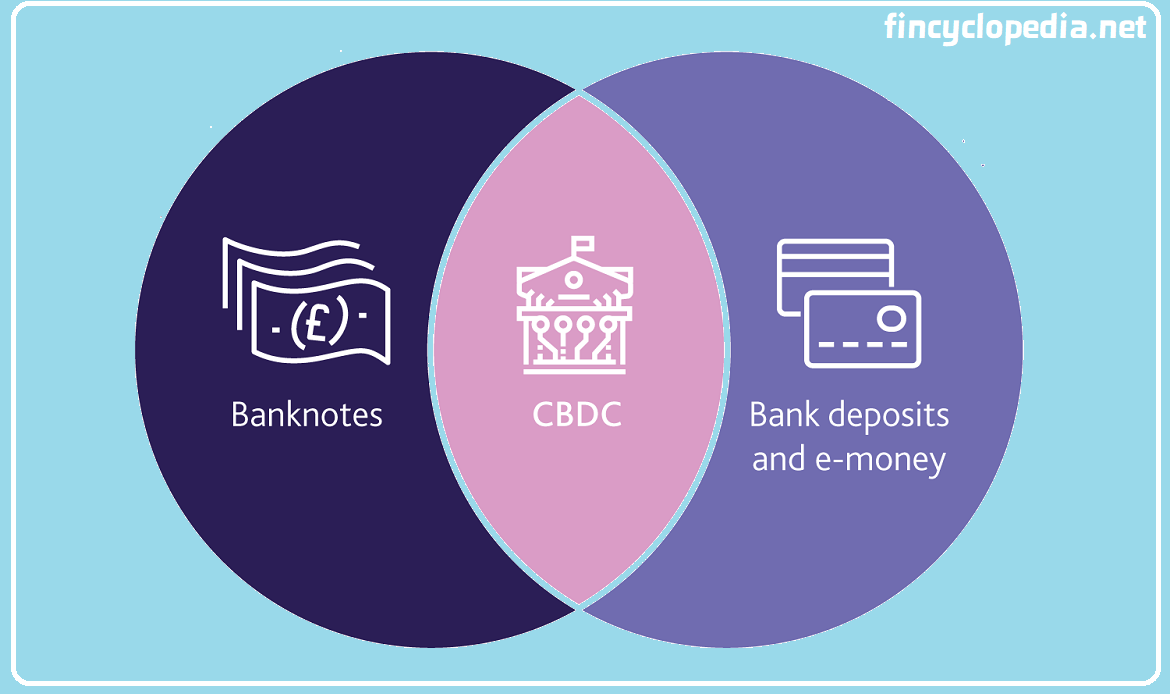A banking rule that defines the precautionary situation in which a customer gets tainted by cross-aged balances- i.e., his/ her loan balance is subjected to a deduction when a specific percentage of the total balance has been aged over 90 days. In which case, the remaining balance is also considered ineligible and will be deducted accordingly. The percentage is known as cross-age percentage, and commonly it is fixed by a lender as deemed appropriate. However, the most common is 10%, though it may still range between 10% and 25%, depending on the case in question.
The rationale for this rule (i.e., tainting of account balance) is that a customer with outstanding balance overdue for 90 days or more most probably will not be able to make the current payment/ repayment.
This rule is also known as taint rule.






